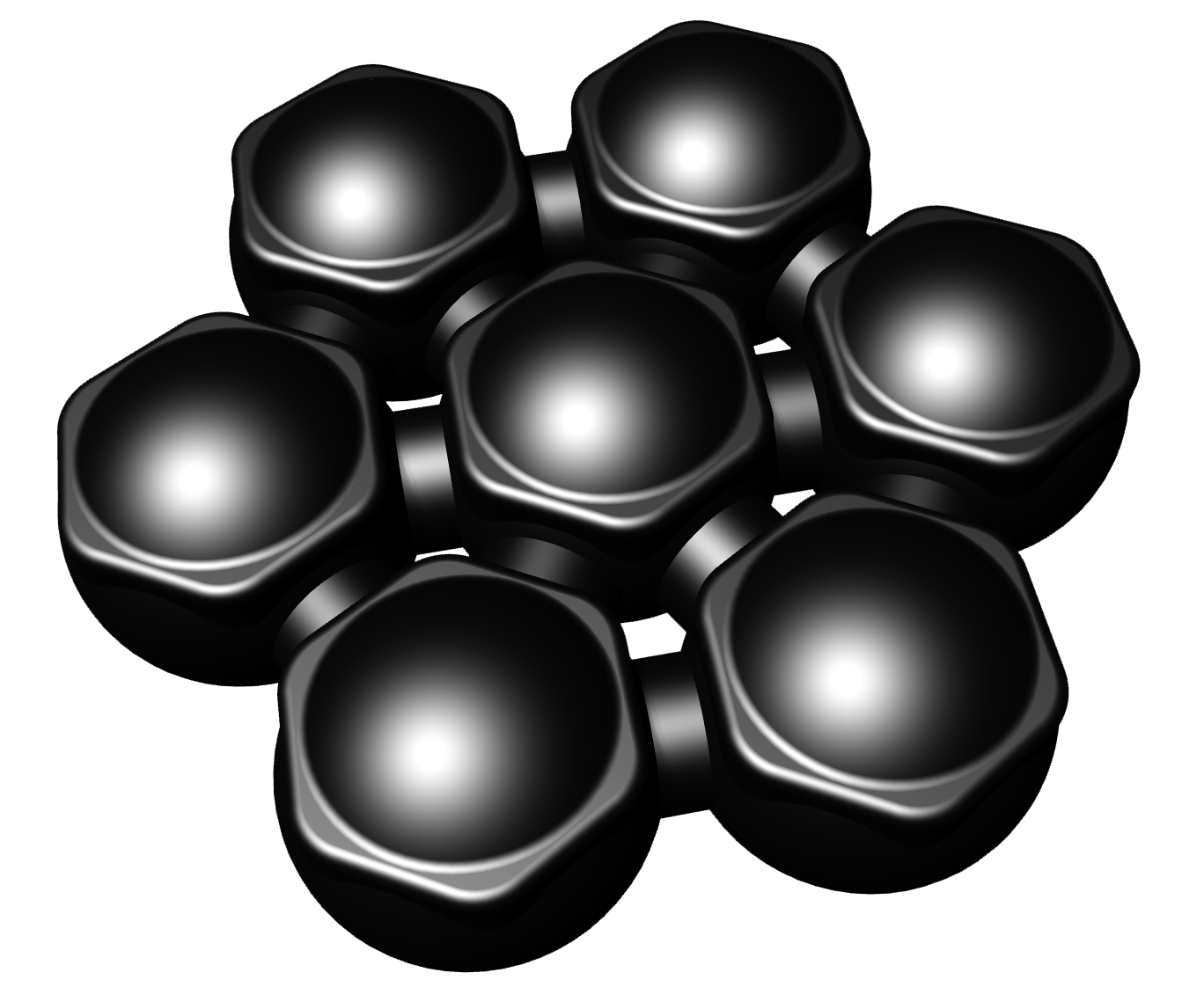NIA Helmets
TAKING THE HIT
NIA Helmets
TAKING THE HIT
The NIA helmet represents a world-leading technological breakthrough to reduce concussion in contact sports.
The helmet is based on a sophisticated, scientifically tested and revolutionary piece of engineering called the Nodal Impact Attenuation (NIA) system.
This patented system is what makes the NIA helmet over 90% more effective at reducing head acceleration during impact when compared to the four current leading brands of sports headgear. If you reduce head acceleration, you significantly reduce the risk of concussion.
We believe that with growing awareness about the serious impacts of concussion, a NIA helmet will soon be considered a non-negotiable piece of kit – as essential as a mouthguard or pair of boots.

NIA Helmets Pty Ltd is a private Australian company established to create world-class helmet technology, designed and invented by Graeme Attey.
Graeme first started work on designing a helmet for Australian rules football in 2012. He had this first iteration manufactured in 2015 and laboratory tested in 2016. These tests yielded strong results, but the helmet attracted little interest. At the time, concussion was not front and centre of the national conversation about sports injury management.
Nevertheless, encouraged by the results of the first version, Graeme continued to expand his research, eventually conceiving a revolutionary new impact structure. This ambitious new approach has been honed through extensive R&D, and NIA Helmets Pty Ltd is now turning design into practical new products.
Nodal Impact Attenuation: the basics
The patented Nodal Impact Attenuation (NIA) system is not merely a new helmet – it is an innovative impact structure with many real-world applications. For example, it could easily be applied to other forms of sports protective gear, such as body armour.
The NIA system is a network of spheres, distributed and strategically connected via a triangular lattice. The spheres are located at every node of the lattice. Each sphere has a hex-shaped ridge to accommodate the potential development of a hard-shell version in the future. The entire structure is moulded from one-part flexible EVA foam.

The Nodal-Impact-Attenuation system (NIA)
Nodal Impact Attenuation: the science
The NIA system’s foam spheres are what absorb the impact of a tackle or bump. They are anchored at defined distances by the lattice, allowing each sphere to maintain its individual properties.
Spheres have certain properties that make them ideal for impact attenuation. Their geometry affords them inherently progressive resistance to the force of an impact. This means that, on initial impact, resistance of the sphere is low. But, as it gradually deforms by the increasing force, it becomes increasingly elliptical in shape. This provides a commensurately progressive resistance to the load (see figure below). Additionally – and simultaneously – each sphere is allowed a degree of roll, creating a combination of both progressive linear deceleration and a reduction in rotational acceleration.
Your head will move less if you get whacked with a NIA helmet on.
In real-world accidents involving a head knock, most loads are not radially directed towards the centre of mass of the head. NIA system helmets have far superior energy attenuating capabilities when acted upon by an oblique impact load. The impact energy is attenuated through the material in the spheres as a result of the work required to deform, roll and slide the spheres relative to the other spheres in the helmet lattice. This results in the wearer’s head rotating at a lower rate, thus diminishing the rotational acceleration of the head.
A NIA helmet will work no matter which direction the hit comes from. Great for a 360-degree sport where bumps can come from anywhere
It is the angular or rotational acceleration of the head that results in the rapid acceleration and subsequent stretching of brain matter within a closed skull that is paramount in causing concussion and brain injury. Any reduction in the angular or rotational acceleration of the head reduces the probability of elastic damage to the brain. It is the reduction of angular acceleration that is the new frontier in concussion reduction.
The NIA system dramatically lowers the risk of concussion.
The effect of the properties described above is graphically represented in the chart below. The blue line in the figure below is a graphical representation of the implied deformity of a sphere. It can be seen that as a sphere compresses (x axis) the resistance to compression (y axis) is initially very low but then it smoothly and exponentially increases. This results in progressive deceleration of any impact (orange line) whether a direct or angular blow. This in turn reduces head acceleration and the likelihood of concussion or head injury.

NIA Test Data
To test the performance of the new NIA system helmet, laboratory testing was carried out by Dr Andrew McIntosh at the NSW Crash-Lab on February 16th, 2024. As a guide, concussion generally occurs from around 100g, where g is measuring head acceleration. The numbers measured in mm are essentially referring to different impact forces. As can be seen in the below table and chart, the new NIA helmet test results are exceptional.


NIA Helmets for football will be available for purchase very shortly. The price, delivered to your door anywhere in the world via FedEx/TNT is $195AUD. If you wish to order, please advise your head circumference and email address and we will notify you as soon as we are ready to supply.
NIA Helmets Pty Ltd
PO Box 1777
Fremantle 6959, Western Australia
m +61 417 880052
e ga@attey.co